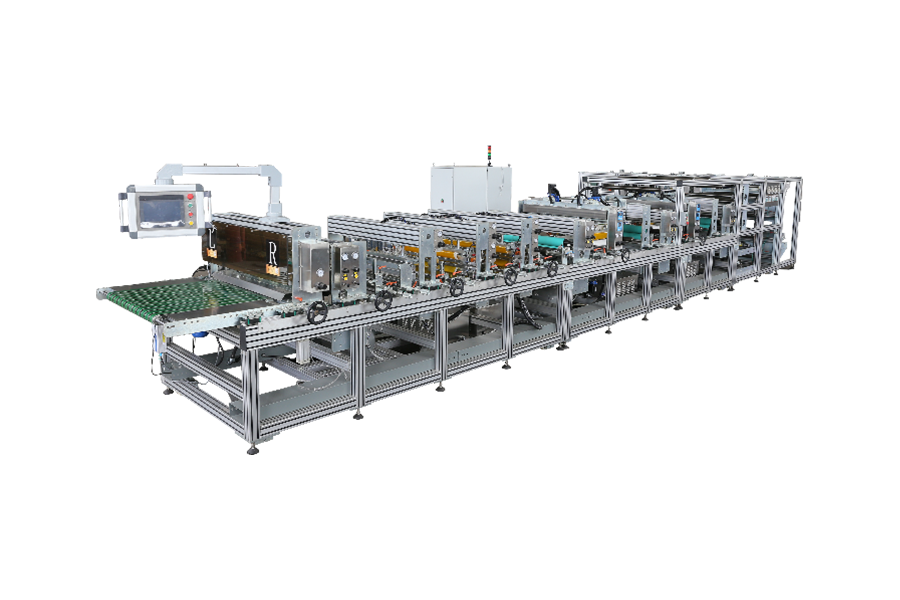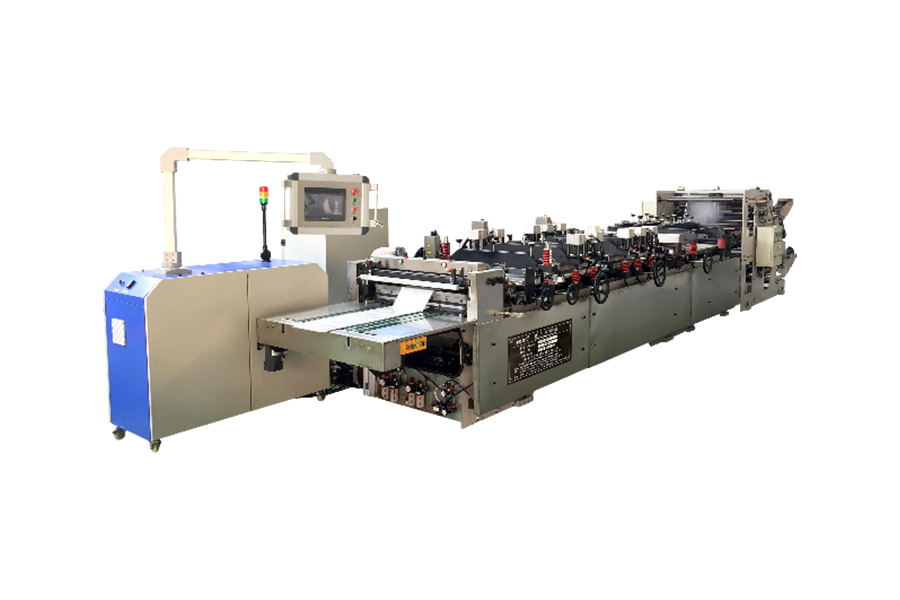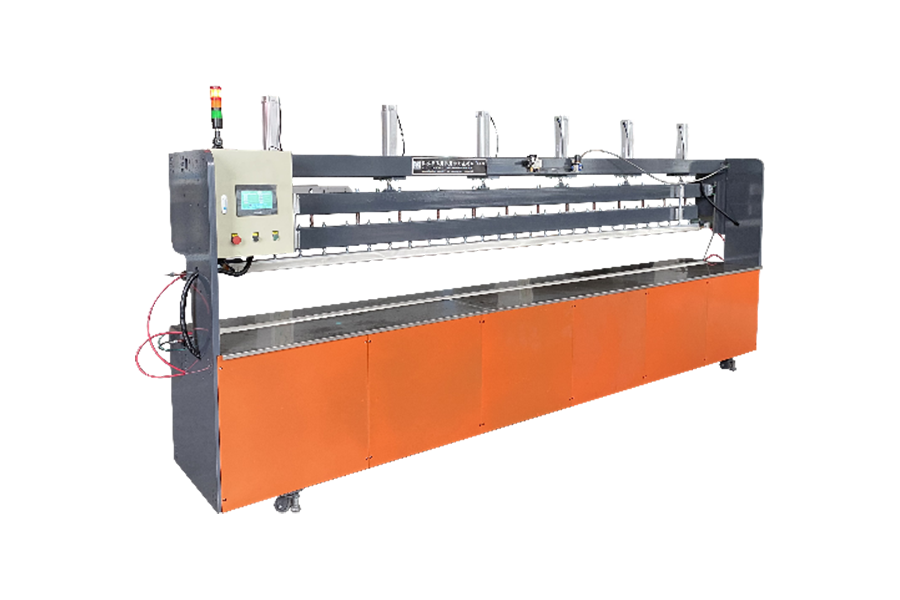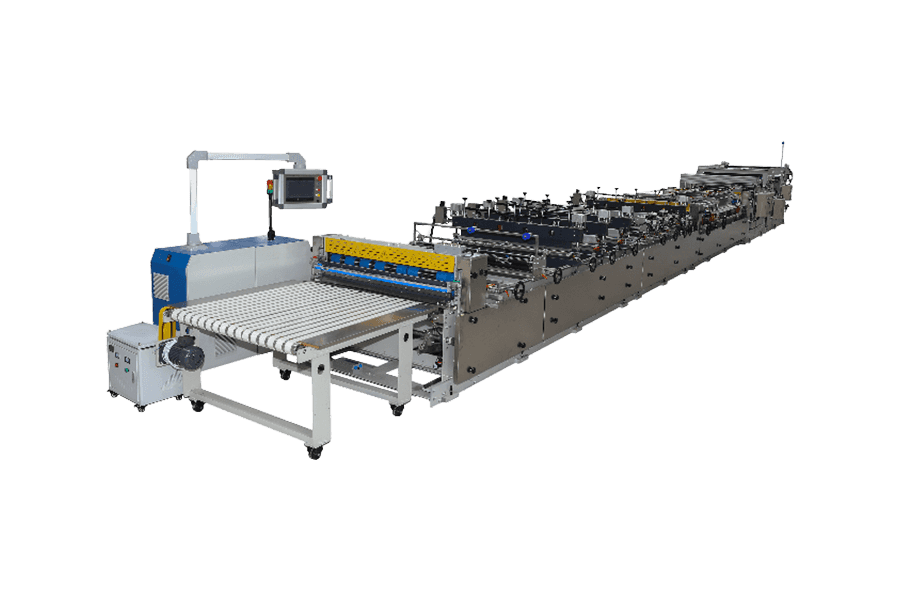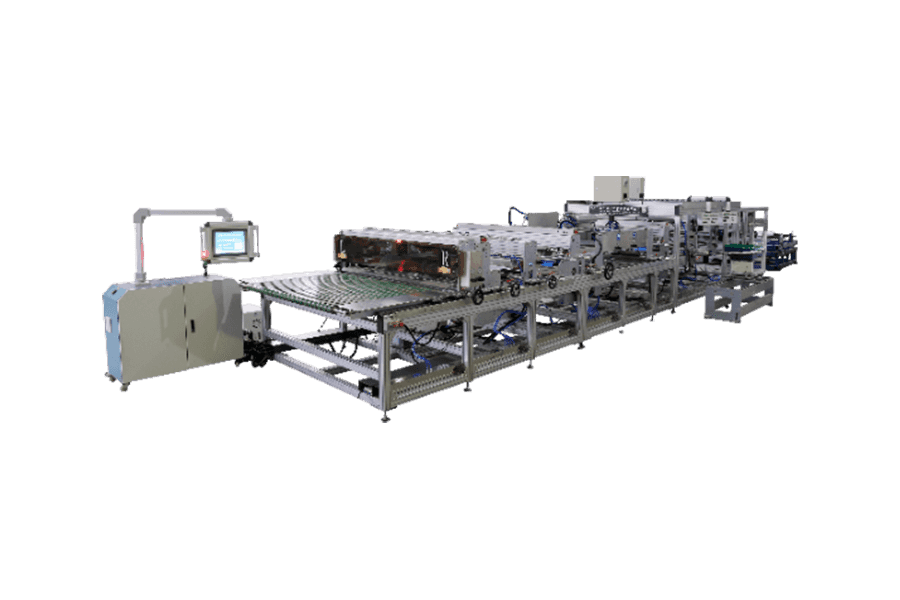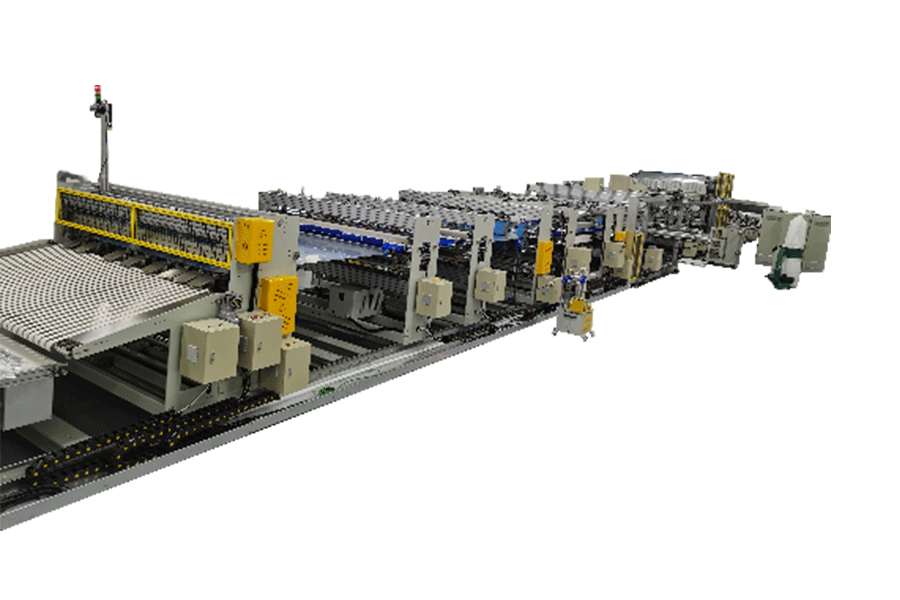Với sự phát triển nhanh chóng của sản xuất hiện đại, ngành bao bì đã đặt ra yêu cầu cao hơn về tính thông minh và hiệu quả của thiết bị sản xuất. Máy làm túi nhựa thông minh đã ra đời...
Thông báo mới nhất:
- Hiển thị thông tin Triển lãm Công nghiệp Nhựa và Cao su Quốc tế Châu Á - Thái Bình Dương lần thứ 21: Thời gia...
- Bảo trì máy túi giấy Vấn đề quá trình làm túi giấy của máy túi cần quan tâm? Máy làm túi giấy là một loại máy có thể g...
- Cách sử dụng máy túi giấy Máy làm túi giấy chúng tôi thường được sử dụng rộng rãi để đóng gói các loại quần áo mùa hè như á...
- Tại sao túi cột khí lại được ưa chuộng đến vậy? Hiện nay thị phần của bao bì đệm truyền thống như xốp, bông ngọc trai ngày càng nhỏ, sản phẩm bao...
Tin tức
TIN TỨC
Cung cấp cho bạn những tin tức mới nhất về doanh nghiệp và ngành
-
Tại sao các công ty đóng gói hiện đại sử dụng Máy làm túi nhựa thông minh?
-
Máy làm túi y tế điều khiển bằng PLC – Giải pháp sản xuất túi y tế thông minh và hiệu quả cao
Với sự phát triển nhanh chóng của ngành y tế, nhu cầu về vật tư tiêu hao y tế ngày càng tăng, đồng thời yêu cầu cao hơn về hiệu quả sản xuất và chất lượng của các sản phẩm như túi y tế dùng một lần...
-
Máy làm túi thực phẩm thông minh – Động lực cốt lõi của ngành bao bì hiện đại
Với sự phát triển nhanh chóng của ngành công nghiệp thực phẩm và sự theo đuổi ngày càng tăng của người tiêu dùng về an toàn thực phẩm và đóng gói tiện lợi, việc thông minh hóa máy móc đóng gói đã t...





